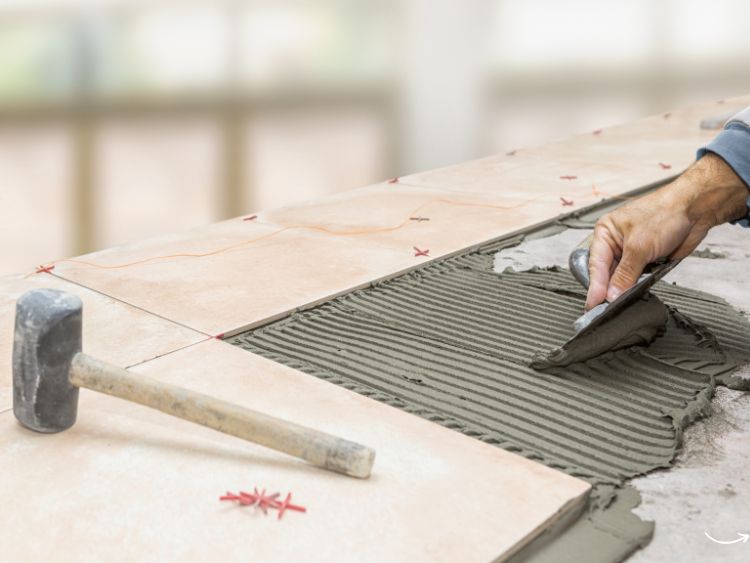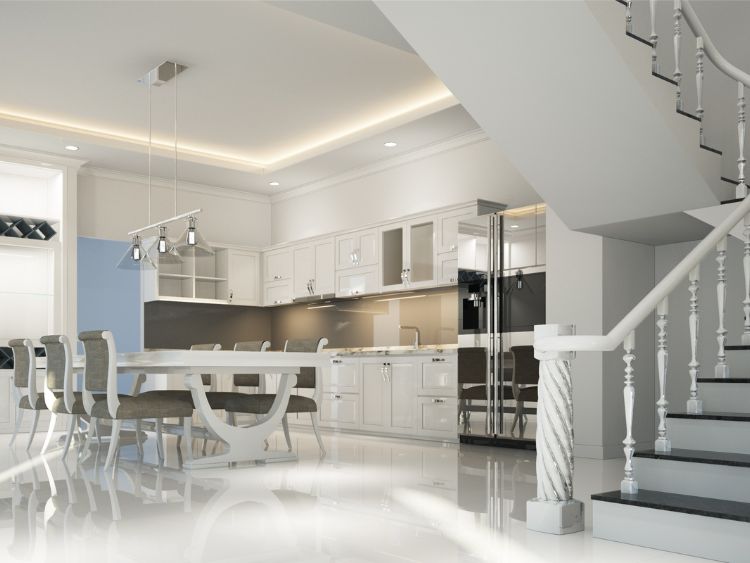Believe it or not, there are quite a few differences between interior decorators and interior designers.
The terms are often used synonymously, but each one has a special job description and function.
These two professionals are often mistakenly referred to as identical. Some roles in each position may overlap each other, but their functions and abilities are quite different.
Let’s take a look at how each one singularly can be broken down into their own identity. Either way you look at it the two are both imaginative, creative, and highly intelligent when it comes to performing their services.
Interior designers identify people’s needs and create functional, structural living or work spaces to satisfy their clients own personal requirements.
They are professionally trained to construct interior environments that will stand up to the aesthetic and functional needs of their clients.
Designers must be knowledgeable about construction practices and building codes in order to fulfill the brief of any project. A rigorous education is required which may for instance involve study into how different ways of decorating can affect the sound within a room. One could say it’s almost a science in order for the designers to achieve effective results.
A four-year degree program will allow a designer to hold a membership in organizations associated with this career choice.
After a long period of study at university, designers will qualify for a license to practice and they can officially call themselves an interior designer.
Although the salary of designers may be more lucrative than those of decorators, the payment for work is based more upon an independent consultation basis and that of the decorator is based largely on time and materials.
Another difference between the two is that designers can decorate, but decorators are not generally asked to design. Conclusively, designers will continue to apply their artistic and technical solutions within a structure that will be attractive and beneficial to the client’s quality of life.
In contrast, interior decorators do not generally need formal training or licenses of any sort to practice
Interior decoration is the furnishing or embellishing of any occupied space with colour, trends, objects d’art and anything that will transform a room into the client’s personal individual style and reflect their personality.
Designers will normally work with the architectural aspects while decorators are primarily concerned with the appearance or atmosphere of a building or space. The look of floors and walls can be changed, and decorative elements can be added to complete their job.
As mentioned before, schooling is not an issue when one decides to decorate for a living. As opposed to at least four years of study to become an interior designer, for an interior decorator a mere two years in classes geared more towards art education could gain them a sufficient qualification to practice.
When the two professions are paired together, positive results and success with living spaces can be achieved in a cohesive manner.
As this specialized industry evolves there will be a continuous need for them to work with each other. Thus, in the end, their differences won’t matter as long as each strives to complete their tasks with a degree of excellence.


